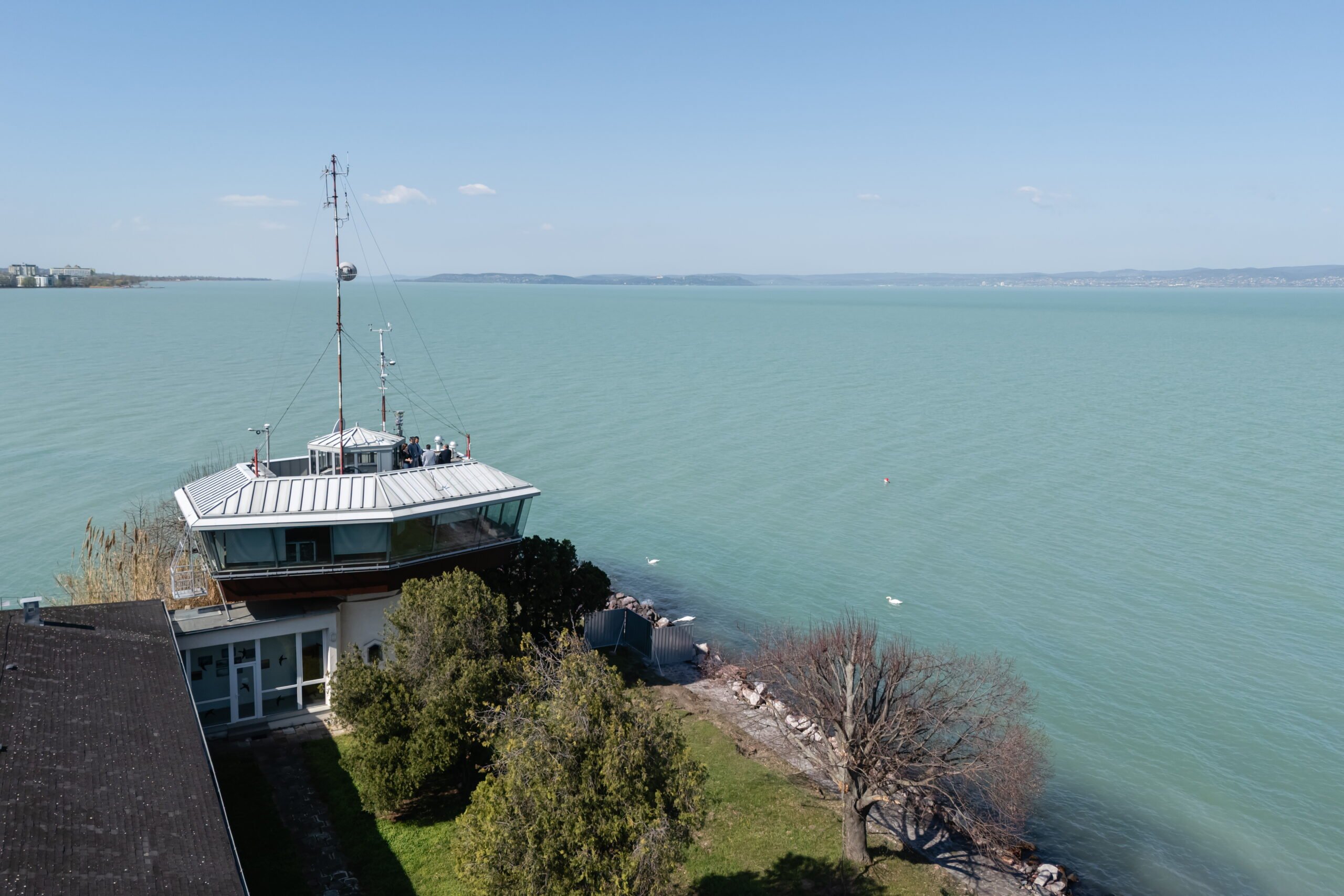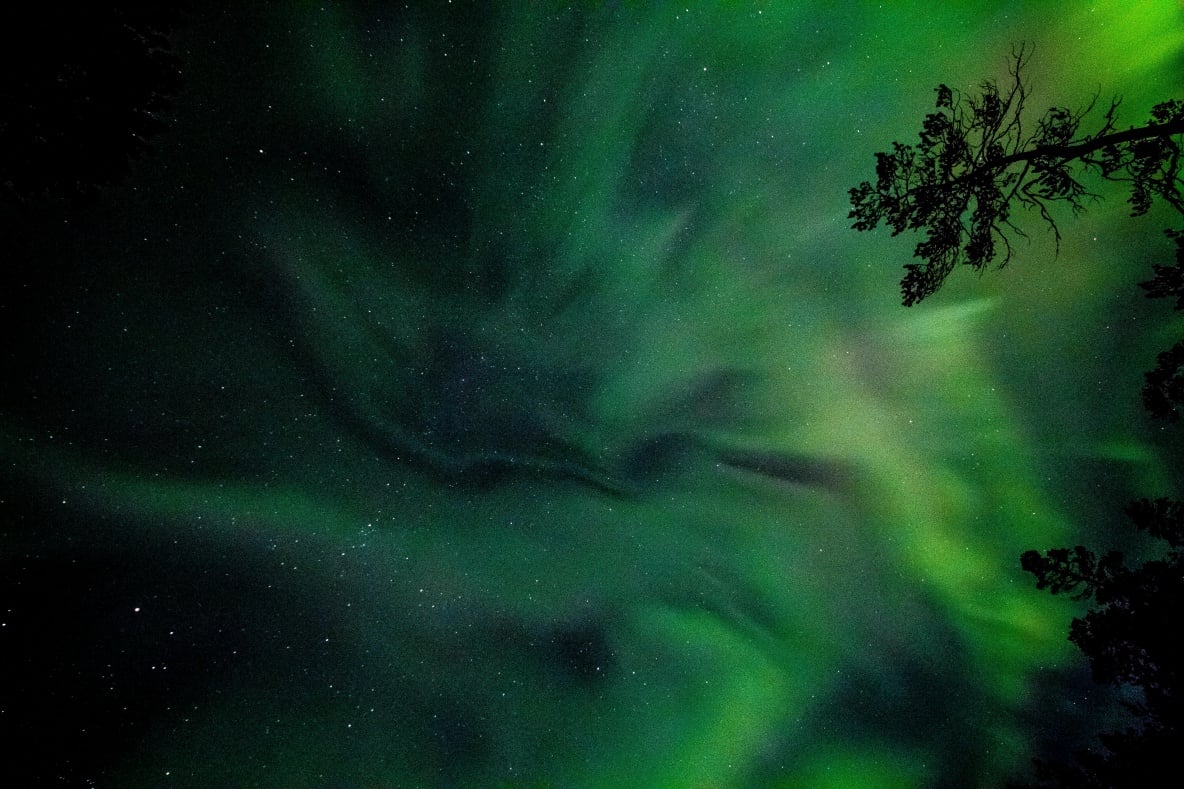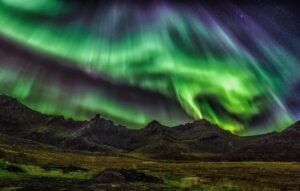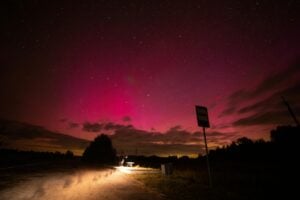
Quagga mussels might be a big help in protecting Lake Balaton’s waters. Continue reading

Hungarians may soon witness a rare celestial spectacle as heightened solar activity lights up the night sky with aurora borealis—a phenomenon usually reserved for the Arctic Circle. Although last year was a record year in the chronicle of northern lights phenomena in Hungary, such sightings are still extremely uncommon at this latitude, making each appearance an extraordinary event for stargazers and scientists alike.
According to Magyar Nemzet, the Sun is currently at the peak of its 11-year cycle, which can lead to geomagnetic storms, and these phenomena can even make the aurora borealis visible in areas below the Arctic Circle. Supporting this, strong solar flares on May 13 and 14, caused temporary disruptions to satellite operations and communication systems.

Aurora Borealis, Featured photo: Pexels
The article points out that polar lights may appear in the evening sky in the coming days, especially in clear weather. Locations with low light pollution are recommended for observing the phenomenon.

Aurora Borealis, Featured photo: Pexels
Due to particularly active solar activity in recent years, the northern lights shone brightly in the skies above Hungary in 2023, last year, and even on New Year’s Eve this year. The aurora borealis that lit up the sky in deep pink on October 10, 2024, was particularly spectacular, featuring flashes of green, which color combination is also extremely rare in Hungary.
Via Magyar Nemzet; Featured photo: Pexels